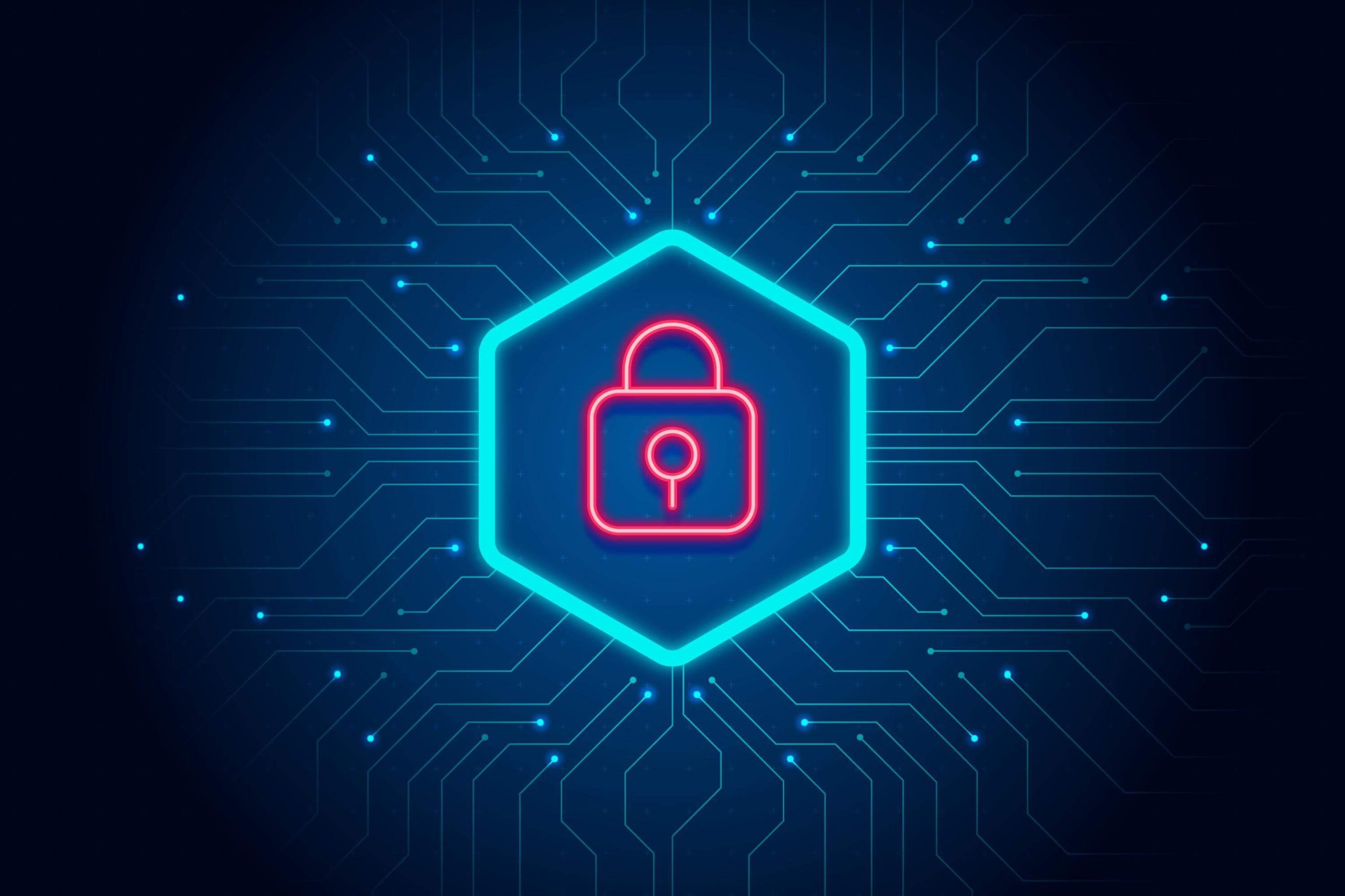Domain spoofing is a fraudulent practice where cybercriminals impersonate a legitimate website by using a fake domain name that is similar to the real one. This type of cyberattack can lead to various consequences, such as stealing sensitive information or installing malware on a user’s device. In this blog post, we’ll explore what domain spoofing is, how it works, and how you can catch it.
What is Domain Spoofing?
Domain spoofing is a type of phishing attack where the attacker creates a fake website that looks identical to a legitimate website. The attacker then sends out emails or social media messages that appear to come from the legitimate website and lure victims into clicking on a link that takes them to the fake website. Once the victim enters their login credentials or other sensitive information, the attacker can steal it and use it for malicious purposes.
How Does Domain Spoofing Work?
Domain spoofing works by exploiting the DNS (Domain Name System) protocol, which translates domain names into IP addresses. The attacker creates a fake domain name that is similar to the legitimate one, such as substituting a letter or adding an extra character. They then set up a fake website using the fake domain name and host it on a server. When a victim clicks on a link that leads to the fake website, the DNS server redirects them to the fake website instead of the legitimate one.
How to Catch Domain Spoofing?
- Check the URL: Always check the URL of the website before entering any sensitive information. Look for any spelling mistakes or differences in the domain name that may indicate a fake website.
- Use anti-phishing software: Anti-phishing software can help detect and block fake websites before they can steal any sensitive information.
- Enable email authentication: Email authentication protocols, such as DMARC (Domain-based Message Authentication, Reporting and Conformance), can help prevent domain spoofing attacks by verifying the authenticity of email messages.
- Train employees: Train your employees on how to identify and report suspicious emails and social media messages. Encourage them to verify the legitimacy of the website before entering any sensitive information.
Conclusion
Domain spoofing is a serious threat to businesses and individuals alike. It can lead to various consequences, such as identity theft or financial loss. To protect yourself from domain spoofing attacks, always check the URL of the website, use anti-phishing software, enable email authentication, and train your employees on how to identify and report suspicious messages. By staying vigilant and following these best practices, you can catch domain spoofing before it can cause any harm.
As a business owner, you cannot afford to let your guard down when it comes to cyber security. The threat of cyber attacks is real, and without proper monitoring, your business could fall victim to devastating consequences. That’s why it’s crucial to invest in a monitoring service that can keep a watchful eye on your websites, servers, and ports, and instantly alert you when something goes down.
Think about it – a single cyber attack can compromise your business’s sensitive information, disrupt your operations, and tarnish your reputation. With so much at stake, why take the risk?
By implementing a monitoring service like Network Notification, you can have the peace of mind that comes with knowing your business is protected around the clock.Don’t wait until it’s too late to take action.
Cyber criminals are always looking for vulnerabilities to exploit, and it’s only a matter of time before they target your business. By taking proactive security measures, you can stay one step ahead of the hackers and prevent them from infiltrating your network.Investing in a monitoring service is not only a smart business decision – it’s essential in today’s digital landscape.
Protect your business from cyber attacks and safeguard your customers’ data by partnering with a reliable monitoring service like Network Notification.



